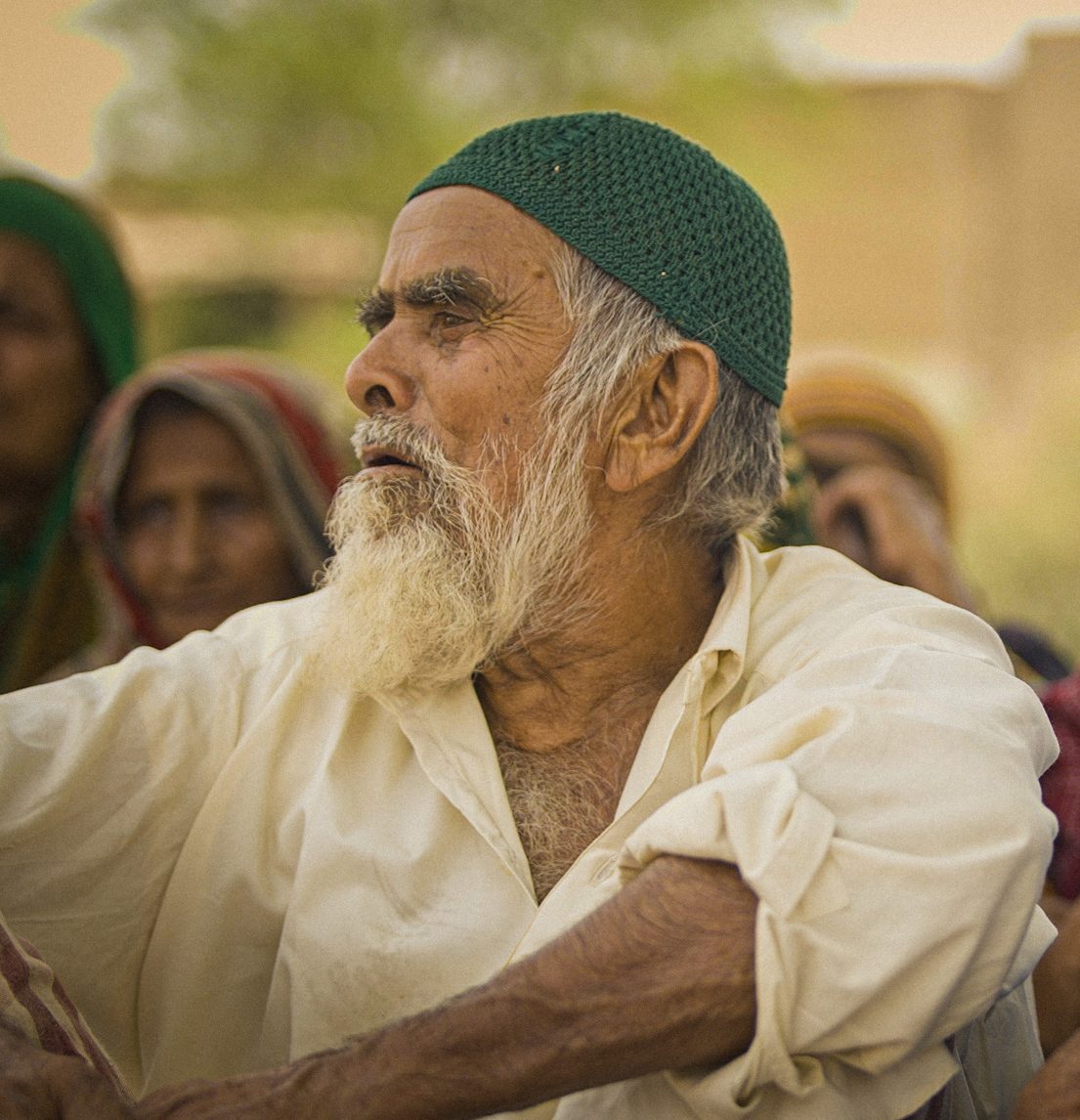Report on Taiwan’s Civil Defense and Resilience Initiatives in the Context of Sustainable Development Goals
National Defense Posture and Alignment with SDG 16
Taiwan’s national defense strategy is reportedly focused on four key pillars. This comprehensive approach to security is fundamental to maintaining stable and peaceful societies, directly supporting the objectives of Sustainable Development Goal 16 (Peace, Justice, and Strong Institutions).
- Asymmetric warfare capability
- Defense resilience
- Building reserve forces
- Countering gray zone activity
The stated goal of this posture is the defense of territory, sovereignty, and civilians, which are core tenets for ensuring peace and institutional strength as outlined in SDG 16.
Community-Based Disaster Response and Contributions to SDGs
Civil society organizations are playing a crucial role in strengthening national resilience. The Forward Alliance, an NGO founded in 2020, provides disaster response training to civilian volunteers, including teachers and community members. These activities build safer and more resilient communities, contributing to multiple SDGs.
- Practical firefighting exercises using CO₂ extinguishers.
- First aid training, including bandaging and CPR application.
- Collaborative disaster scenario planning to manage public safety and emergency services coordination.
Enhancing Community Resilience and Health (SDG 3 & SDG 11)
The initiative significantly advances SDG 11 (Sustainable Cities and Communities) by building local capacity for disaster risk reduction. To date, Forward Alliance has trained approximately 25,000 individuals. The program’s curriculum directly supports SDG 3 (Good Health and Well-being) by equipping citizens with life-saving skills.
- Basic first aid and emergency medical response.
- Logistical management of emergency shelters.
- Operation of drones for critical missions, such as delivering medical supplies and assessing infrastructure damage, which enhances the resilience of community health systems.
Building Partnerships for Sustainable Development (SDG 17)
The program aims to supplement the capacity of Taiwan’s official emergency responders, who number one for every 128 citizens. By empowering citizens, the initiative strengthens community institutions and promotes a whole-of-society approach to safety, aligning with SDG 16. This collaborative model is a prime example of SDG 17 (Partnerships for the Goals), with the NGO working alongside a diverse network of 368 organizations, including churches, private companies, and community centers. This multi-stakeholder partnership is vital for creating a prepared and resilient society capable of achieving sustainable development objectives.
SDGs Addressed in the Article
Based on the article’s focus on civilian training for disaster and crisis response, the following Sustainable Development Goals (SDGs) are addressed:
- SDG 3: Good Health and Well-being: The article highlights training in first aid, CPR, and the delivery of medical supplies, which are all crucial for saving lives and managing health emergencies during a crisis.
- SDG 11: Sustainable Cities and Communities: The core theme is building community resilience. The training for disaster response, emergency shelter logistics, and infrastructure damage assessment directly contributes to making communities safer and more resilient to shocks and disasters.
- SDG 16: Peace, Justice and Strong Institutions: The article discusses efforts to strengthen institutional capacity for crisis management. By training civilians to support overstretched official emergency services, the initiative helps build more effective and resilient response systems at the community and national levels.
Specific SDG Targets Identified
SDG 3: Good Health and Well-being
- Target 3.d: Strengthen the capacity of all countries… for early warning, risk reduction and management of national and global health risks.
- The article describes a direct effort to strengthen Taiwan’s capacity to manage health risks during a crisis by training 25,000 civilians in first aid and emergency medical response, thereby reducing the burden on official responders.
SDG 11: Sustainable Cities and Communities
- Target 11.5: By 2030, significantly reduce the number of deaths and the number of people affected… caused by disasters.
- The training programs in disaster response, firefighting, and first aid are explicitly designed to reduce casualties and the overall impact of a potential crisis on the civilian population.
- Target 11.b: …develop and implement… holistic disaster risk management at all levels.
- The Forward Alliance’s work with 368 community organizations, schools, and companies to instill crisis management skills is a clear example of implementing disaster risk management at the local and community level.
SDG 16: Peace, Justice and Strong Institutions
- Target 16.6: Develop effective, accountable and transparent institutions at all levels.
- The article points out a weakness in institutional capacity, noting that Taiwan’s emergency responders are “overstretched.” The civilian training initiative is a direct response to this, aiming to create a more effective overall crisis response system by supplementing official institutions with a prepared citizenry.
Indicators for Measuring Progress
SDG 3: Good Health and Well-being
- Implied Indicator for Target 3.d: Health emergency preparedness capacity.
- The article provides a direct metric for this: the number of people (25,000) trained in disaster response and first aid. This figure serves as a tangible indicator of the increased capacity to manage health emergencies.
SDG 11: Sustainable Cities and Communities
- Implied Indicator for Target 11.b: Implementation of local disaster risk reduction strategies.
- Progress can be measured by the number of community organizations (368) that are actively working to instill crisis management skills. This shows the breadth and adoption of local disaster risk reduction plans.
SDG 16: Peace, Justice and Strong Institutions
- Implied Indicator for Target 16.6: Capacity of public institutions.
- The article provides a baseline indicator of institutional strain: the ratio of emergency responders to the population (one for every 128 citizens). The number of trained civilian volunteers (25,000) can be used as an indicator of progress in strengthening this institutional capacity.
Summary Table of SDGs, Targets, and Indicators
| SDGs | Targets | Indicators (Mentioned or Implied in the Article) |
|---|---|---|
| SDG 3: Good Health and Well-being | 3.d: Strengthen capacity for early warning, risk reduction and management of national and global health risks. | The number of people trained in disaster response and first aid (25,000). |
| SDG 11: Sustainable Cities and Communities | 11.5: Significantly reduce the number of deaths and people affected by disasters. | The existence of training programs (first aid, CPR, firefighting) aimed at minimizing casualties. |
| 11.b: Implement holistic disaster risk management at all levels. | The number of organizations (churches, companies, community centers) involved in crisis management training (368). | |
| SDG 16: Peace, Justice and Strong Institutions | 16.6: Develop effective, accountable and transparent institutions at all levels. | The ratio of official emergency responders to citizens (1 for every 128) as a baseline, and the number of trained civilians (25,000) as a measure of strengthened capacity. |
Source: time.com






